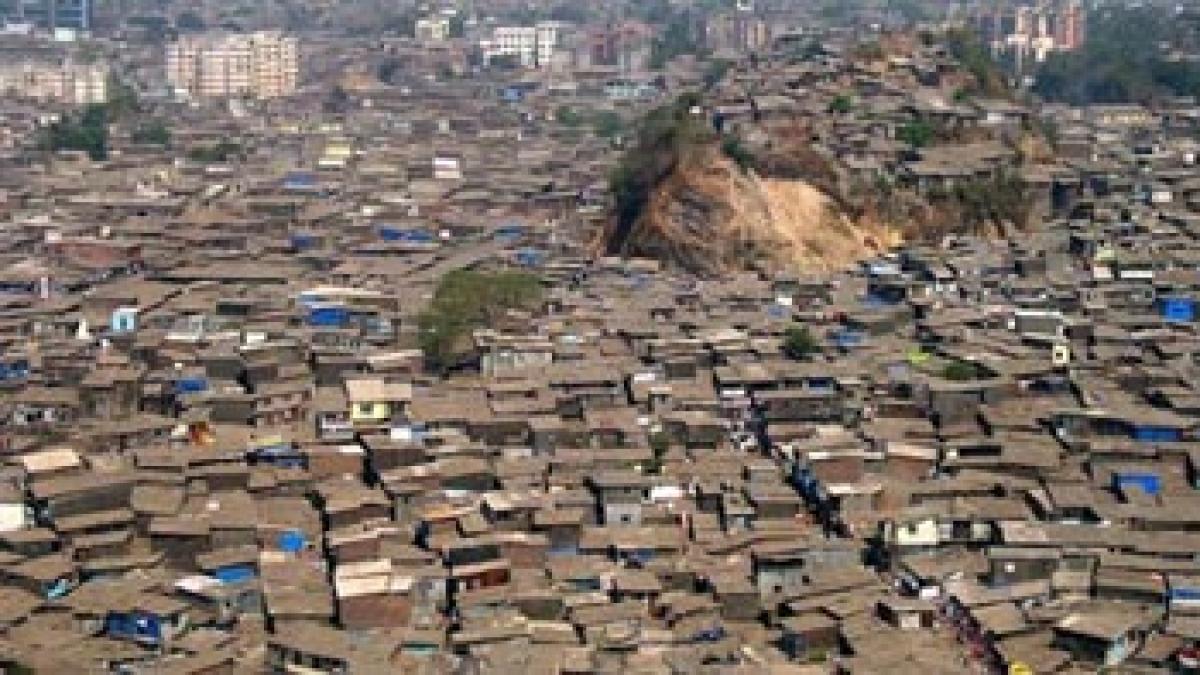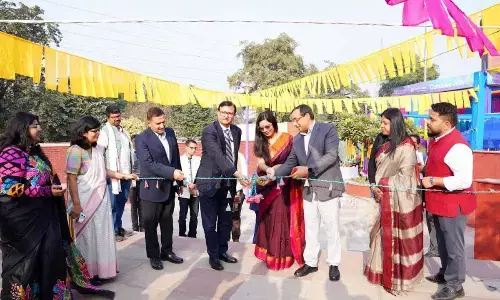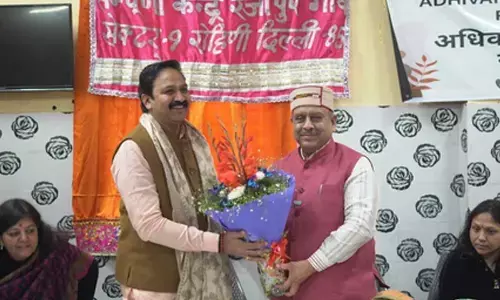18.6 mn dwelling units shortfall in urban India

There is a shortfall of at least 18.6 million dwelling units in urban areas and 95 per cent of this is in EWS and LIG segments although current policies on housing for the poor are focused on numbers and \"ignore\" the quality aspect, a new analysis by a green body said.
New Delhi : There is a shortfall of at least 18.6 million dwelling units in urban areas and 95 per cent of this is in EWS and LIG segments although current policies on housing for the poor are focused on numbers and "ignore" the quality aspect, a new analysis by a green body said.
The Centre for Science and Environment (CSE) said out of 14.4 lakh dwelling units planned under the JNNURM scheme, only 8.31 lakh have been completed.
"India is not providing enough affordable, good quality housing for the poor. The maximum housing deficit is in the lowest economic strata. The analysis shows that the current policies on housing for the poor are focused on numbers and are completely ignoring quality.
"However, even numbers are not being delivered, leading to a massive shortfall in housing for the urban masses, especially the urban poor. If not crafted well and implemented properly, the policies may not deliver on the intended objectives," CSE said.
Referring to the estimates of the Ministry of Housing and Poverty Alleviation (MoHPA), CSE said there is a shortfall of at least 18.6 million dwelling units in the country. "An astounding 95 per cent of this shortfall is in the economically weaker section (EWS) and low income groups (LIG).
While the shortfall in the middle income and higher income group is only 4.38 per cent, for the EWS it is 56 per cent and in LIG 39.4 per cent. Unofficial estimate of the overall housing shortfall is put at 40 millions," it said.
It said Lutyens' Delhi has lowest density among administrative areas in the world and forces middle class and poor to live at the periphery. "Analysis shows that Lutyens' Delhi is 3 per cent of Delhi's land area and houses one per cent of its population.
But all slums in Delhi also constitute 3 per cent of Delhi's area but house 30 per cent of Delhi's population. "It is ironical that the parking demand for the existing cars in Delhi uses up as much as 10 per cent of Delhi's geographical area much more than the land that the poor occupy," it said.
CSE recommended leveraging the emerging policies to address the challenges in the sector, building community initiatives to shape homes and neighbourhoods and integrating needs of all income classes in urban planning.
According to the study, Delhi has the most sparsely populated central core compared to all prominent global cities and its density is more than six times lower than core administrative regions of New York and Madrid.
"Even the heritage Louvre of Paris is 2.5 times more densely populated than New Delhi. While Delhi has a population of 17 million, a meagre one per cent of it lives in Lutyens' Delhi. Moreover, the population of central Delhi has declined by as much as 15 per cent over the last decade.
"Delhi faces a huge housing deficit. According to the Delhi Master Plan at projected population of 230 lakh, Delhi needs 24 lakh dwelling units and more than half will have to be for the urban poor. But density control at the centre bars great part of the core from providing new stocks.
This forces the emerging middle class as well as the poor to live at the periphery," it said. Observing that Delhi Master Plan requires population density of 2,000 persons per hectare though Lutyens' Delhi has 40 persons per hectare, CSE said the draft transit-oriented development policy requires high density, mixed land use and mixed income development near metro stations but Lutyens' Delhi is exempt from this development.
It said the smart city investment of Rs 1,897 crore in NDMC areas will not follow these basic principles of inclusive planning. CSE analysis shows that under the JNNURM scheme, out of 14.4 lakh dwelling units planned, only 8.31 lakh have been completed while under the recently dismantled Rajiv Awas Yojana, out of 1.2 lakh approved units only 1,154 have been completed.
It said under affordable housing policy, out of 20,472 planned, only 4,528 have been completed and only a few lakh units have been created when the shortfall is as high as 18.6 million. It said although massive subsidy will flow into the affordable housing sector, guidelines on design and material for the affordable housing sector are still very "nebulous and weak."


















